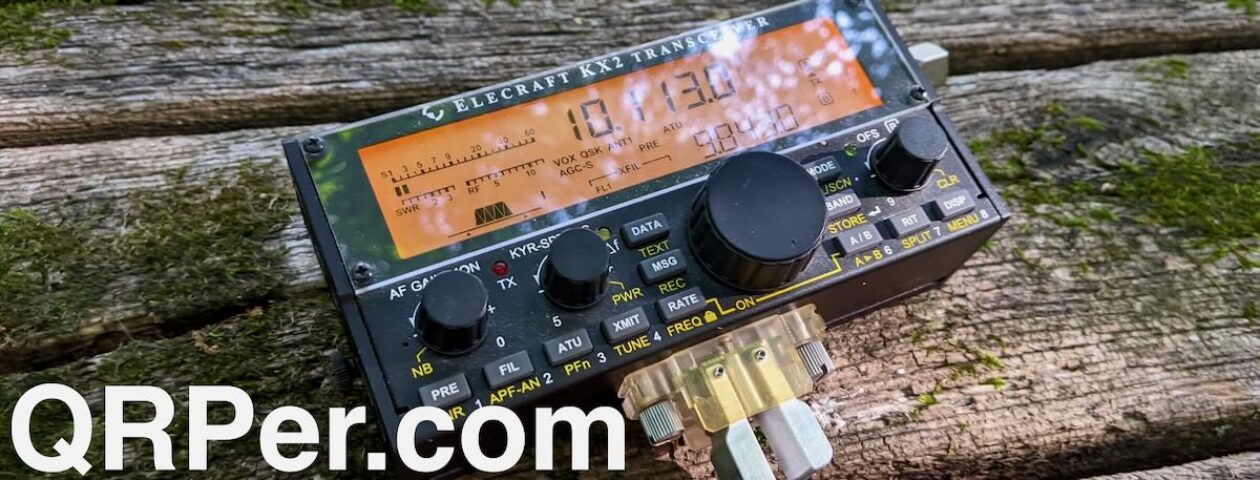I’ve received a few messages from readers and subscribers about failed park activations over the past few days.
It’s no surprise, really, since we’ve had several extended periods of HF radio blackouts with powerful solar flares and CMEs bombarding our planet.
I experienced this firsthand on Sunday. We celebrated Mother’s Day with a picnic and hike at Tuttle Educational State Forest on our way to visit my father in the hospital in Hickory, NC.
I didn’t plan on activating, so I didn’t bring my radio pack or camera gear. I wanted the day to focus on celebrating my amazing wife. After we finished eating and before hitting the trail, everyone encouraged me to get on the air for a bit.
I didn’t have my radio pack, but I did have the Elecraft KH1 in my EDC pack. I went back to the car, grabbed it, and then started calling CQ POTA after spotting myself on 20 meters.
I only heard crickets. After 25+ CQ POTAs, not a single hunter responded. I knew conditions were terrible, but I figured I’d work at least one station. Nope!
I tuned around to try contacting one of the half dozen or so activators on the air, but I couldn’t hear any of them. In fact, I only heard one ongoing conversation on the entire 20-meter band. Even the FT8 frequency was quiet.
In fact, I only heard one rag chew in progress on the entirety of the 20 meter band. Even the FT8 frequency was pretty quiet.
If I had my radio pack (and my goal would have been to activate) I would have deployed a 40M EFHW and settled in for a very long activation. I’m sure I would have eventually worked 10 stations, but it could have taken a couple of hours or more.
All this to say, if you had a failed activation in the past few days, it’s not you. The HF bands have simply been dead at times.
I packed up the KH1 without making a single contact, which was fine because we were there for family time, and that part was absolutely amazing!
Hamvention 2024
I’m heading to Ohio today for the first leg of my journey to FDIM (Four Days in May) and Hamvention. I’ll be at FDIM all day Thursday and Thursday, Friday, and Saturday evenings.
At Hamvention, you’ll find me at the Halibut Electronics/Ham Radio Workbench Podcast booth #3011 when I’m not browsing the indoor and outdoor exhibits. Stop by and say hi!
Also, during Hamvention, I’ll have very little time to check email and comments, and I expect a backlog by the time I’m back home next Tuesday. I appreciate your understanding.
If you have a pressing question, please sign up for our discussion group at QRPer.net. There are loads of mentors there who can help you!
If you’re also going to Hamvention, travel safely!
Cheers & 72,
Thomas (K4SWL)









 According to a new
According to a new